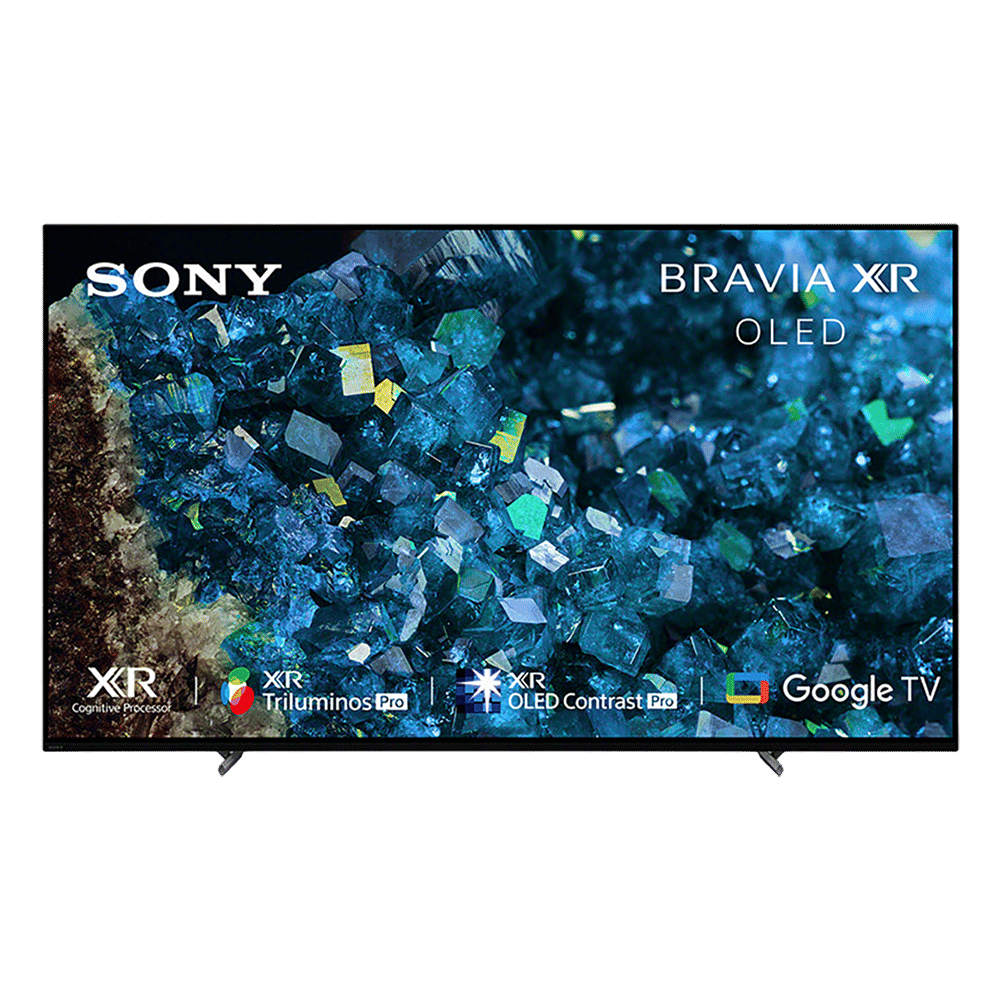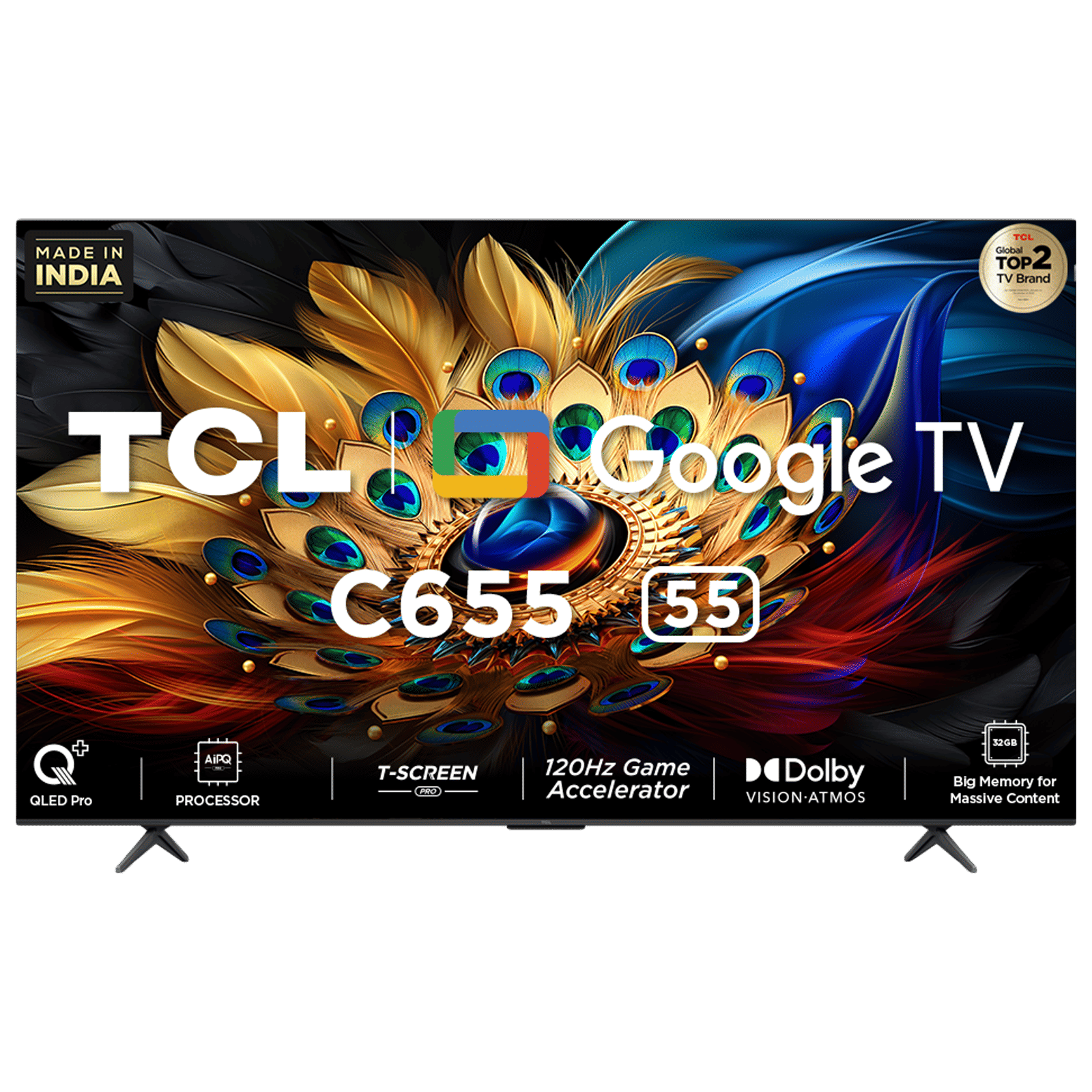Unlike a year ago, the TV market today is flooded with QLED TVs, even in the lower budget segments. However, if you’re not very price conscious when it comes to choosing the entertainment window for your home, and simply want the best possible experience, which TV should you go for? If OLED, QLED and other tech are simply mumbo jumbo for you, here’s a quick guide on choosing between them.
QLED TVs
QLED stands for Quantum-dot Light Emitting Diode. In a QLED display, the backlight is used to pass light through the Quantum-dots, which are particles of semiconductor of a few nanometres in size. The dots are photoluminescent which means they emit bright light when light from a secondary source pass through them.

OLED TVs
OLED stands for Organic Light Emitting Diode. An OLED display consists of an organic film through which two conductors pass current emitting light. This light gets emitted from individual pixels, which means a bright white and a dark black pixel is placed adjacent to each other, unlike in the LCD TV where a backlight is used to light up liquid crystal film (which causes light bleeding), making OLED a much superior technology compared to LCD.

Which TV should you go for?
Now that you’ve figured out what sets OLED TVs and QLED TVs apart, here’s how to choose between them.
Picture Quality: If picture quality speaks to you more than anything else, go for an OLED TV like the Sony Bravia 55-inch. OLEDs have a better contrast ratio and are usually superior at displaying vivid colours and punchy dark tones.
TV Aesthetics: If you’re going for a slimmer TV that can look like a nicely placed art frame on your living room wall, OLED TVs are the way to go. Self-emitting pixels mean OLED TVs like the LG G2 don’t require multiple layers to function and will be the slimmest TVs you find out there.
Products in focus
ALSO READ: 5 dos and don’ts for cleaning an LED TV screen
Sound Quality: If you’re one of those people who don’t want to ruin the look of your living room with extra tech like soundbars or home theatre systems, QLED TVs like the OnePlus Q2 Pro can offer a significant advantage over OLED TVs thanks to built-in soundbars and subwoofers.
Size: Size is another area where you may want to pick QLED TVs, which often have more size options, over an OLED TV. QLED TVs include options as large as the 98-inch Samsung Series-9, something you may not find with OLED TVs.
Those are the key differences between OLED and QLED TVs, along with some use cases that will help you pick one that’s perfect for your home and your needs. Choose wisely!
Unleash your inner geek with Croma Unboxed
Subscribe now to stay ahead with the latest articles and updates
You are almost there
Enter your details to subscribe

Happiness unboxed!
Thank you for subscribing to our blog.
Disclaimer: This post as well as the layout and design on this website are protected under Indian intellectual property laws, including the Copyright Act, 1957 and the Trade Marks Act, 1999 and is the property of Infiniti Retail Limited (Croma). Using, copying (in full or in part), adapting or altering this post or any other material from Croma’s website is expressly prohibited without prior written permission from Croma. For permission to use the content on the Croma’s website, please connect on contactunboxed@croma.com
- Related articles
- Popular articles















Abhishek Gandhi
Comments